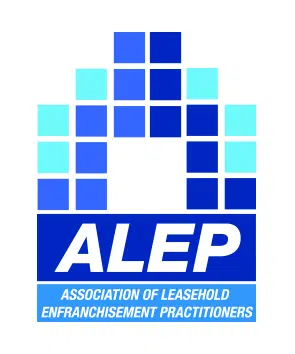Trainee solicitor Ellie Mullins and Planning solicitor Michael Harman, discuss the case of Kulah, who was found to have built an extension without planning permission. Ellie and Michael discuss what you need to know to avoid the consequences faced in this case.
The case of Kulah v Secretary of State for Housing, Communities and Local Government & Anor [2021] highlights the difficulties one may run into when building an extension without planning permission. This case also demonstrates how, if you intend to construct permitted development as close to the limits/limitations as possible (as many people tend to do) then it is advisable to retain evidence that all relevant limitations have been met/are not overstepped.
The Appellant erected a single storey side extension of his house without obtaining planning permission, despite an application for a Lawful Development Certificate being approved in relation to the single-storey side and rear extension. After works commenced, the Local Planning Authority issued an enforcement notice requiring the Appellant to remove a section of the side extension as it exceeded the permitted development tolerances/limitations. Not happy, the Appellant made an appeal against the enforcement notice.
One of the key arguments the Council relied upon at appeal was that the height of the eaves of the extension exceeded the height of the existing dwellinghouse (which is prohibited under the relevant limitation of the General Permitted Development Order 2015) and therefore that extension was not permitted development and, hence, unauthorised/unlawful.
The Inspector found on a balance of probabilities that what the Council alleged was true – the Appellant being hindered by a lack of clear/unequivocal evidence that the eaves height of the extension did not exceed those of the original dwelling (n.b. an issue not raised before the Inspector was that the host property – a bungalow – had eaves of differing heights) with the Council having produced a photograph that indicated that the eaves heights were not different and, hence, because the extension exceeded the eaves heights elsewhere on the original dwelling, it was likely that eaves heights had been extended in constructing the extension.
As part of the appeal, it was argued that Planning permission should be granted for the retention of the part of the extension “under attack”. However, the Inspector found that the extension, as built, did have an adverse impact on neighbouring occupiers by the loss of sunlight through their kitchen windows. Hence, the extension in its as built form had a material, and the Inspector decided unacceptable, impact of the amenity of neighbouring properties. Hence the enforcement notice was upheld and required the Appellant to remove part of the extension as appropriate and reasonable to address the harm arising to neighbouring properties.
This is somewhat an unusual situation and one can find themselves having sympathy for the Appellant who sought confirmation (by obtaining a certificate of lawfulness) that the extension did amount to permitted development. However, if one strays past what the certificate confirms as lawful or, indeed, cannot demonstrate that what has been built is in accordance with planning permission (or a permitted development right) then there is always the risk of enforcement action. Ultimately this may result in an individual being required to “unpick” what has been constructed.
Indeed, if part of a development is unauthorised then it is within a Local Planning Authority’s gift to determine that the whole of the development is unauthorised – and hence remove the whole (and not just a part as occurred in this case).
Thus, a case should be taken to adhere to the relevant limitations contained within a grant of planning permission – or a relevant class of permitted development – to avoid the cost (and stress) of dealing with planning enforcement action. If you find yourself defending enforcement action be mindful of not only the potential outcome but how to avoid potential pitfalls along the way.
If you are unsure, Holmes & Hills' Planning and Development Team has vast experience in planning permission and enforcement action. Our planning solicitors are well abreast of the common difficulties and how to overcome these, please do not hesitate to get in touch with the team for further advice on your individual circumstance.
Disclaimer
The content of this article is provided for general information only. It does not constitute legal or other professional advice. The information given in this article is correct at the date of publication.






A Mackman Group collaboration - market research by Mackman Research | website design by Mackman